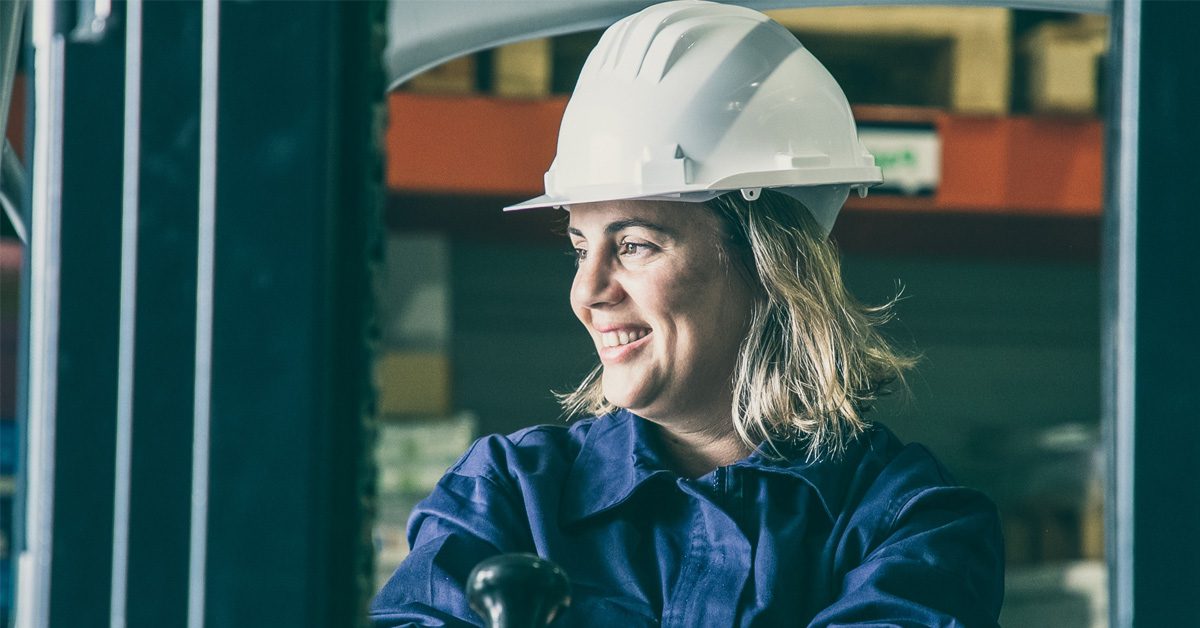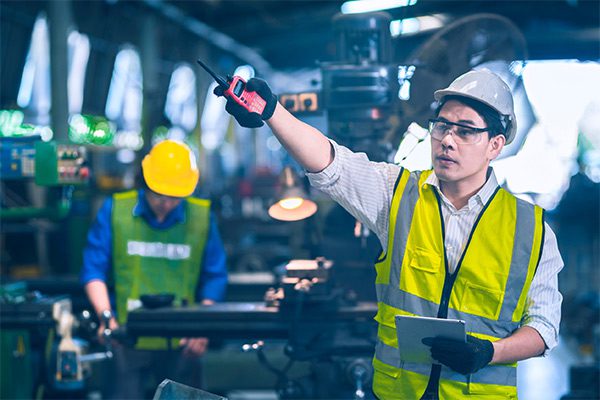In manufacturing, industrial health hazards are always present. One of the biggest threats to a stable industry is the lack of enforced safety standards for risks that are unique to the manufacturing sector. Some can be easily identified and addressed, while others are a direct result of the manufacturing process and must be managed through routine-based protocols.
Such hazards can result from failure to follow pre-established procedures correctly, which is usually caused by stress, fatigue or a desire to meet production demands. All these factors can lead to mistakes and errors, which can result in minor or even serious injuries to your employees. In 2021/22, the total economic cost of work-related ill health and workplace injuries in the manufacturing sector was said to be estimated at £1.4 billion, according to the HSE.
Read on to refresh your knowledge about the importance of enforcing safety standards with seven ways to minimise both routine and unexpected industrial health hazards with guidance from Shoes For Crews.
1. Encourage Employees to be Alert
Overexertion accidents account for a large proportion of all injuries sustained by manufacturing workers. It is important to recognize everyone has limits and can only handle a certain amount of work at a time. Encourage employees to avoid working beyond the point of exhaustion and from taking shortcuts, particularly when they are familiar with the task at hand. Tired and overworked employees are more likely to encounter industrial health hazards, so it is crucial to provide them with the rest they need to remain alert and attentive at work.
2. Conduct Risk Assessments
Conducting a risk assessment is the first step in preventing industrial health hazards from becoming a problem. Keep track of equipment usage and regularly inspect tools to ensure that everything is working properly and to prevent injuries caused by machinery malfunction.
Monitor how much work each employee is doing, and which tasks involve manual handling, which increases the risk of injury. Musculoskeletal disorders (MSDs) stem from manual handling injuries and can result in serious physical strain. This type of injury can be very expensive for your organisation, but with the right controls in place, you can find practical ways to help your employees prevent them and stay safe at work.
3. Provide Ongoing Safety Training and Maintenance
Create a safety and wellbeing plan. Many injuries are often preventable and can be avoided if an effective safety programme is implemented and enforced. Show your appreciation for your staff by keeping them out of harm’s way. Protect the health and safety of people involved in the installation, operation, adjustment and maintenance of machinery.
4. Keep Workstations and Factory Floors Clean
It is crucial to keep walkways clear of debris and equipment that could result in slip or trip accidents. Spills should be cleaned up immediately and spill kits made readily available. Mats should be used in high traffic areas such as entrances and exit ways and proper lighting should be ensured in all areas of your facility.
At Shoes For Crews, we offer a wide selection of slip-resistant mats that you can place in front of your machinery to further protect your crew’s health and safety and reduce the number of slip and trip accidents that may occur.


